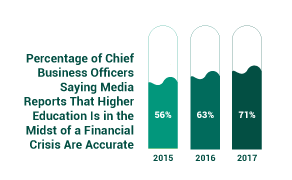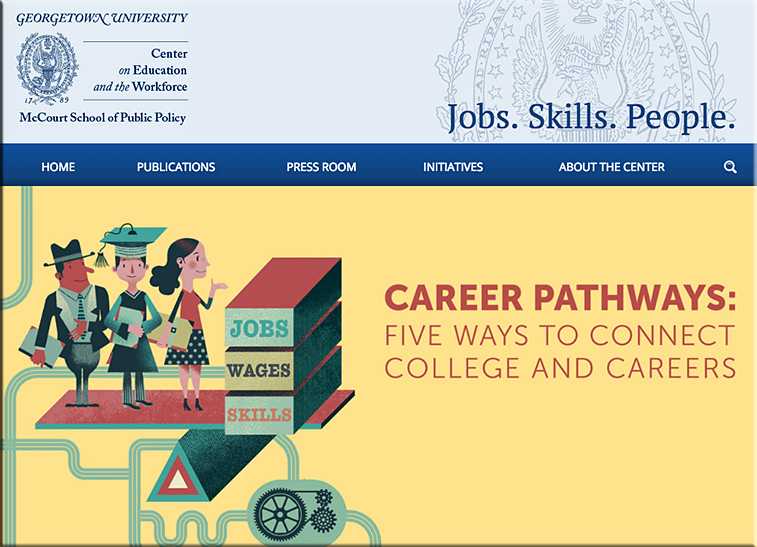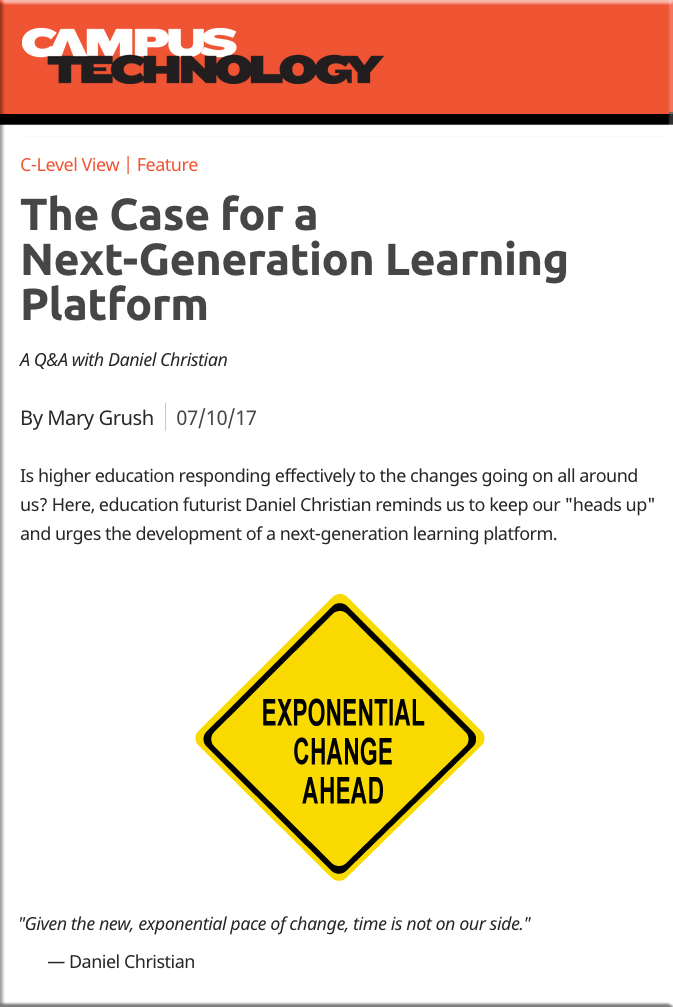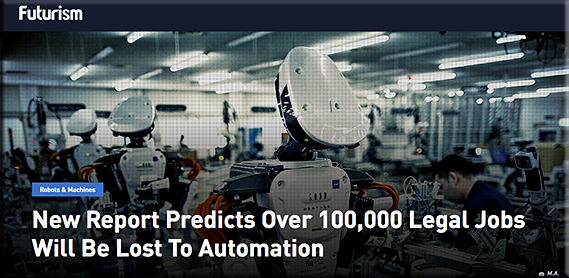Radically open: Tom Friedman on jobs, learning, and the future of work — from dupress.delotte.com by Tom Friedman, Cathy Engelbert, and John Hagel
Excerpt (emphasis DSC):
Tom Friedman: My thoughts on the future of work are very influenced by my friend, a business strategist, Heather McGowan. She really describes that what’s going on is that work is being disconnected from jobs, and jobs and work are being disconnected from companies, which are increasingly becoming platforms. That’s Heather’s argument, and that is what I definitely see.
[A good] example is what’s happened to the cab business. In Bethesda, we have a [local] cab company that owns cars and has employees who have a job; they drive those cars. They’re competing now with Uber, which owns no cars, has no employees, and just provides a platform of work that brings together ride-needers—myself—and ride-providers. And I do think that the Uber platform model, and the way it is turning a job into work and monetizing work, is the future of work.
And that will have a huge impact on the future of learning. Because if work is being extracted from jobs, and if jobs and work are being extracted from companies—and because, as you and I have both written, we’re now in a world of flows — then learning has to become lifelong. We have to provide both the learning tools and the learning resources for lifelong learning when your job becomes work and your company becomes a platform.
So I’m not sure what the work of the future is, but I know that the future of companies is to be hiring people and constantly training people to be prepared for a job that has not been invented yet. If you, as a company, are not providing both the resources and the opportunity for lifelong learning, [you’re sunk], because you simply cannot be a lifelong employee anymore unless you are a lifelong learner. If you’re training people for a job that’s already been invented, or if you’re going to school in preparation for a job that’s already been invented, I would suggest that you’re going to have problems somewhere down the road.
…
CE: In a recent report from the National Bureau of Economic Research, some leading labor economists did an analysis of net new employment in the United States between 2005 and 2015, and found that about 94 percent of that net new employment was from alternative work arrangements—everything from gig to freelance and off-balance-sheet kinds of work.
…
I think that’s why we need to teach filtering, literally, to our students. There should be Filtering 101, Filtering 102, Filtering 103. How do I filter information so I get enough of it to advance, but not so much that I’m overwhelmed? How do I filter news?
…it seems to me that rule number one is you want to be radically open. And that’s a really hard sell right now, because it feels so counterintuitive, and everyone’s putting up walls right when you want to be, actually, radically open. Why do you want to be radically open? Because you’ll get more flows; you’ll get the signals first, and you will attract more flow-minded people, which I would call high-IQ risk-takers. That’s from a country point of view, but I have to believe that’s also right from a company point of view: that you want to be plugged into as many discussions, as many places, and as many flow generators as possible, because you’ll simply get the signals first in order to understand where the work of the future is coming from.
[GE] offered $20,000 in prize money — 7,000 to the winner, and the rest split up among the other finalists. Well, within six weeks, they got over 600 responses. The 10 finalists were all tested by GE engineers, and they picked the winner. None of the 10 finalists was an American, and none was an aeronautical engineer, and the winner was a 21-year-old from Indonesia who was not an aeronautical engineer, and he took more than 80 percent of the weight out of this fastener.
…
No, let’s actually create jump balls and access all the talent wherever it is.
And what did the best artisans do? They brought so much personal value-add, so much unique extra, to what they did that they carved their initials into their work at the end of the day. So always do your job [in a way that] you bring so much empathy to it, so much unique, personal value-add, that it cannot be automated, digitized, or outsourced, and that you want to carve your initials into it at the end of the day.
From DSC:
If what Tom, Cathy, and John discuss here is true, think of what that means for our students. Our students need to be digitally literate, online, adaptable, lifelong learners, and they need to be highly comfortable with change. They need to be tapped into the “flows” that the authors describe (what they refer to as flows, I call “streams of content” — if I’m understanding their perspective correctly). They need to think entrepreneurially, as Friedman asserts.
Also, they discuss three new social contracts that need to evolve:
There are three new social contracts that have to evolve here. Government has to incentivize companies to create these lifelong learning opportunities. Companies have to create the platforms for employees to afford to be able to take these courses. And the employee has to have a new social contract with themselves: “I have to do this on my own time; I have to be more self-motivated.” More is on you.
…and thus enters my vision that I call Learning from the Living [Class] Room. A global, powerful, next generation learning platform — meant to help people reinvent themselves quickly, cost-effectively, conveniently, & consistently.
![The Living [Class] Room -- by Daniel Christian -- July 2012 -- a second device used in conjunction with a Smart/Connected TV](http://danielschristian.com/learning-ecosystems/wp-content/uploads/2012/07/The-Living-Class-Room-Daniel-S-Christian-July-2012.jpg)
But there is no more important survival skill than learning to love learning.
…because you simply cannot be a lifelong employee anymore unless you are a lifelong learner.
Always think of yourself as if you need to be reengineered, retooled, relearned, retaught constantly. Never think of yourself as “finished”; otherwise you really will be finished.









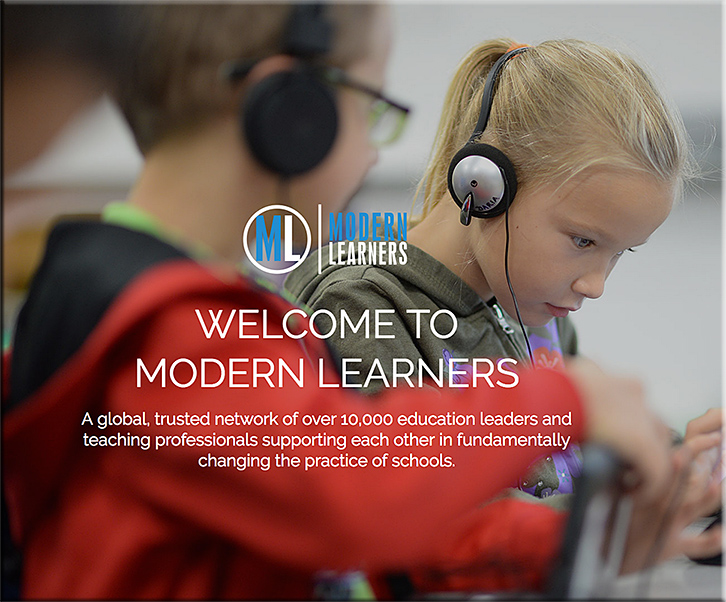



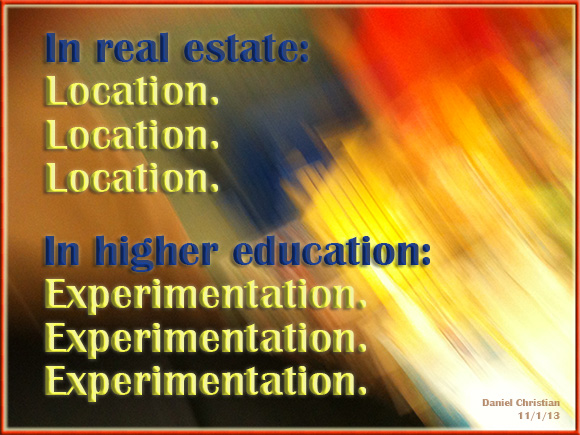
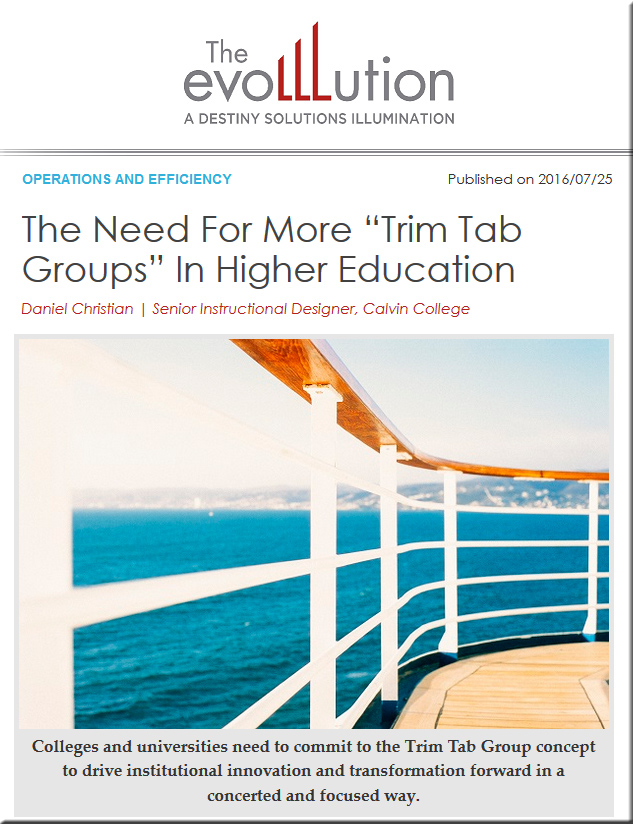

![The Living [Class] Room -- by Daniel Christian -- July 2012 -- a second device used in conjunction with a Smart/Connected TV](http://danielschristian.com/learning-ecosystems/wp-content/uploads/2012/07/The-Living-Class-Room-Daniel-S-Christian-July-2012.jpg)

